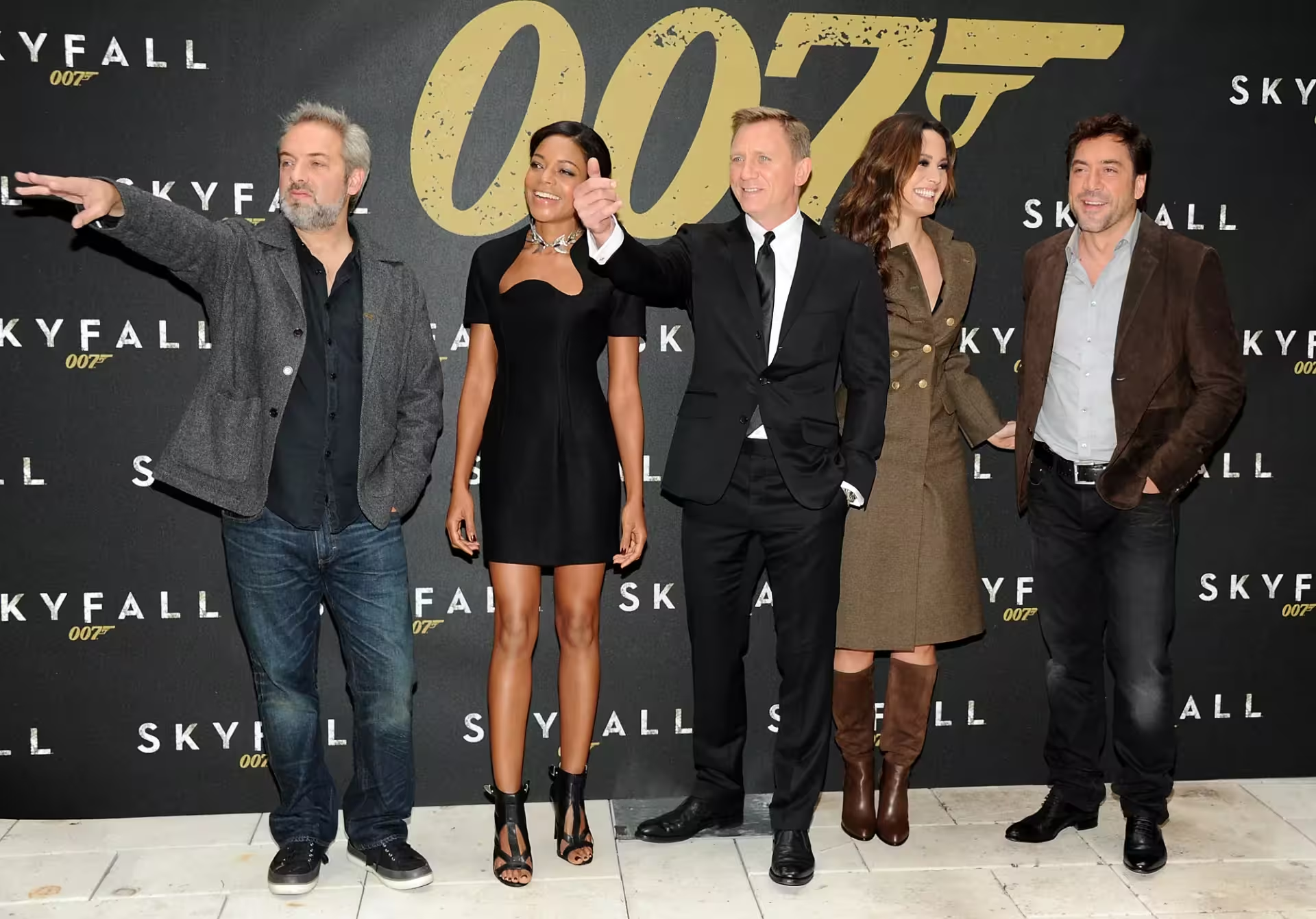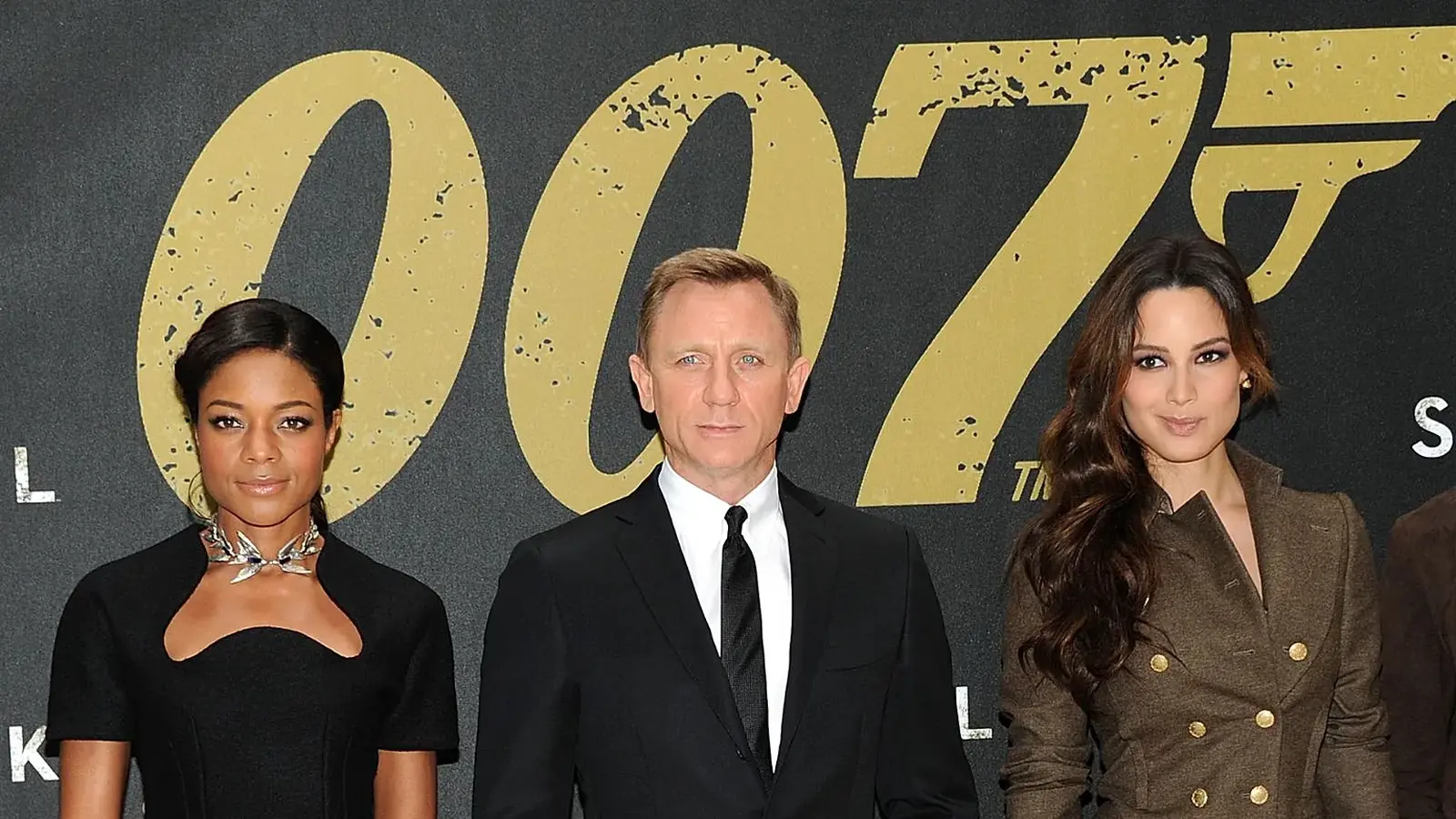5 Minutes
Designing a legend: Joe Caroff’s unmistakable 007
Joe Caroff, the American graphic designer whose single image helped define the James Bond brand for generations, has died aged 103 — just one day short of his 104th birthday. Best known for converting the number 7 into a gun-shaped silhouette that became the trademark 007 logo, Caroff’s work is woven into both film marketing history and popular culture. The emblem appears across posters, merchandise and opening credits, a testament to how a simple design can become cinematic shorthand for cool, danger and espionage.
From Broadway to Bond: a career of iconic film posters
Caroff’s career extended far beyond spy fiction. Born in Linden, New Jersey, on August 18, 1921, he created poster art for landmark movies including West Side Story, Last Tango in Paris, Manhattan, Cabaret and Rollerball. He also designed title sequences for major films such as Richard Attenborough’s A Bridge Too Far and Martin Scorsese’s The Last Temptation of Christ — work that placed him among the creative forces who shaped how audiences first encounter a film.
Style and influence
Caroff belonged to the golden era of poster art, when hand-drawn imagery, typography and conceptual icons sold the promise of a movie. His economical visual language — bold, immediate, and often emblematic — echoes contemporaries like Saul Bass and Bill Gold, designers who used minimalism to create maximum recognition. In an age before social media, a poster was a film’s first press release; Caroff understood how to distill narrative into a single, memorable mark.

Recognition, regrets and late gestures
Despite the ubiquity of the 007 logo, Caroff received only $300 for the design in 1963 and no royalties, credits or residuals for the merchandise that exploited his creation. The omission speaks to mid‑century industry practices in which freelance artists often surrendered rights for a flat fee. In a conciliatory gesture decades later, producers Barbara Broccoli and Michael G. Wilson presented Caroff with an engraved Omega watch on his 100th birthday — a symbolic nod, but hardly restitution for a visual asset that generated enormous commercial value.
Trivia and behind-the-scenes notes
- Caroff’s 007 concept elegantly fuses number and iconography, turning typography into weaponry: a brilliant example of logo-as-narrative.
- He retired in 2006 after a long career in film graphic design.
- His personal life echoed his professional longevity: he was married to Phyllis for 81 years; she died earlier the same year at 101.
"Joe Caroff’s work demonstrates how graphic design can become cinematic language," says cinema historian Elena Moretti. "His 007 logo is more than branding — it’s a cultural glyph that immediately communicates genre and mood. Designers today still learn from that economy of idea."
Comparisons and cultural context
Comparing Caroff’s posters to modern film marketing shows a shift from handcrafted concepts to photo-driven, digitally composited campaigns. Where a 1960s poster might invite imagination through an emblematic mark, contemporary campaigns often reveal more of a film’s imagery upfront. Still, franchises like James Bond rely on legacy elements — title typography, theme music, and the 007 logo — to preserve continuity across decades.
Legacy and final thoughts
Joe Caroff retired after decades of shaping how audiences see films before they even enter the theater. He is survived by his sons, their partners and a granddaughter. His death is a moment to reflect on the unsung creatives whose marks and posters become part of cinema’s visual DNA.
Conclusion
Caroff’s story is both celebratory and cautionary: a reminder of how a single design can gain global recognition while its maker may remain financially and publicly under-recognized. For movie lovers, graphic designers and cinema historians, his work remains a masterclass in clarity of idea and visual storytelling — small, powerful images that helped sell some of the most enduring films of the 20th century.
Source: euronews



Leave a Comment